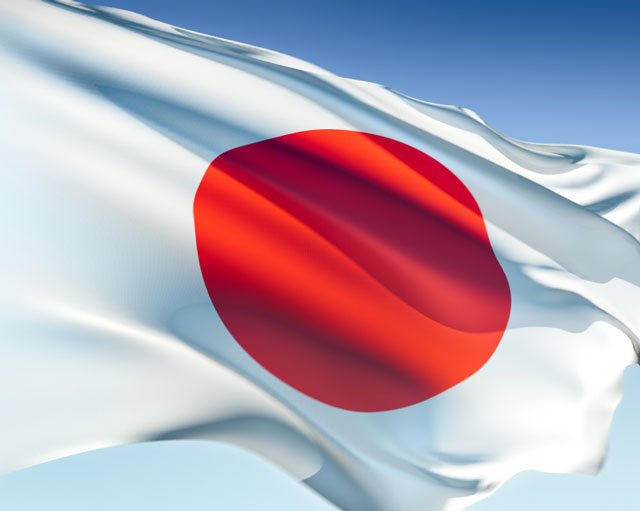James Hamilton of UCSD asked this important question the other and I think it’s a good opportunity to once again highlight a key understanding of the institutional design structure of our monetary system (and Japan’s). Dr. Hamilton highlights a paper by another UCSD Professor Takeo Hoshi and University of Tokyo Professor Takatoshi Ito that offers some thoughts on the issue. They essentially say that Japan’s bond market is sustained due to domestic ownership of bonds and the currently affordable low interest rates. But they conclude that this is not a sustainable trend. They may or may not be right, but I think their findings can be elaborated on a bit.
(For the unitiated I would highly recommend reading my paper on the modern monetary system and JKH’s Contingent Institutional Approach, which I believe is the finest explanation of the institutional design structure of the monetary system that has yet to be produced).
First, Japan has a monetary system design that is very similar to that of the USA’s. That is, they’re an operational currency issuer by virtue of the fact that their Treasury can always procure funding by harnessing the domestic banking system and using the central bank as a support mechanism. In the USA, the Primary Dealers are required to bid at Treasury auctions in return for doing business with the US government. The US Treasury is an operational currency user (like you or I) in that it must always procure funding for its daily spending. The Treasury can always procure funds via taxation. But it is also backed by its own central bank which could, at least in theory, always fund the US government’s spending (though this is currently illegal in the form of direct bond purchases). These powers make the US government and the Japanese government very different from a household, a business or a European nation (all of whom are operational currency users by virtue of lacking this institutional relationship).
For whatever reason, fixed income traders seem to know all of this – rather, they know that payment is never an issue. They know that the Treasury is not going to stiff them on payments. I.e., the US government can’t “run out of money”. For anyone lending money that’s your primary concern – “will I get paid back?”. US banks love doing business with the US government because Uncle Sam doesn’t “run out of money” (nor can it). The same goes for Japan’s banks. Of course, the other concern for bondholders is not just “will I get paid back”, but “what will the value of my Yen be when I am paid back”. This gets into a more complex facet of this debate, but I want to first emphasize the primary conclusion here – Japanese bond investors (domestic or foreign) aren’t going to stop buying JGB’s because they know they will always get paid back.
But what about the purchasing power of the paper in which these JGB’s will be paid back? As you likely know, Japan has been suffering a horrid deflation for 20 years as a result of a multitude of factors. So we’ve witnessed an endless stream of JGB bond traders diving out of windows as they short JGB’s and lose out to ever increasing prices. One interesting conclusion in the Hoshi/Ito paper is their view on Japan’s “unrealistically optimistic assumption that Japan’s GDP will grow at 2% annually for the next 40 years”. If growth is to stagnate then where will the inflation come from? What could scare these bondholders into a massive JGB revolt leading to higher rates (something which, mind you, did not even occur in the USA during the great stagflation of the 1970’s)? I am lost for a cause here because Japan’s central bank controls interest rates and as the supplier of reserves to the banking system they can always control the entire yield curve (yes, if they wanted to pin the 30 year bond at a specific rate they would just have to name it and challenge the bond traders to compete with their endless reserve position – the bond traders would lose quickly).
So the question remains – how long can Japanese bond prices defy gravity? Well, the short answer is – as long as the Japanese central bank is willing to keep rates low. The more important question is when will Japan experience an environment which forces their central bank to alter the current structure of the yield curve? Will a stagflation occur similar to the 70s in the USA? Will a hyperinflation occur for whatever reason? Will growth rebound? Or what if Hoshi and Ito’s pessimistic GDP projections are correct? Then we’re likely to continue seeing JGB traders jumping out of windows following unsuccessful attempts to fight the Bank of Japan.
Mr. Roche is the Founder and Chief Investment Officer of Discipline Funds.Discipline Funds is a low fee financial advisory firm with a focus on helping people be more disciplined with their finances.
He is also the author of Pragmatic Capitalism: What Every Investor Needs to Understand About Money and Finance, Understanding the Modern Monetary System and Understanding Modern Portfolio Construction.


Comments are closed.